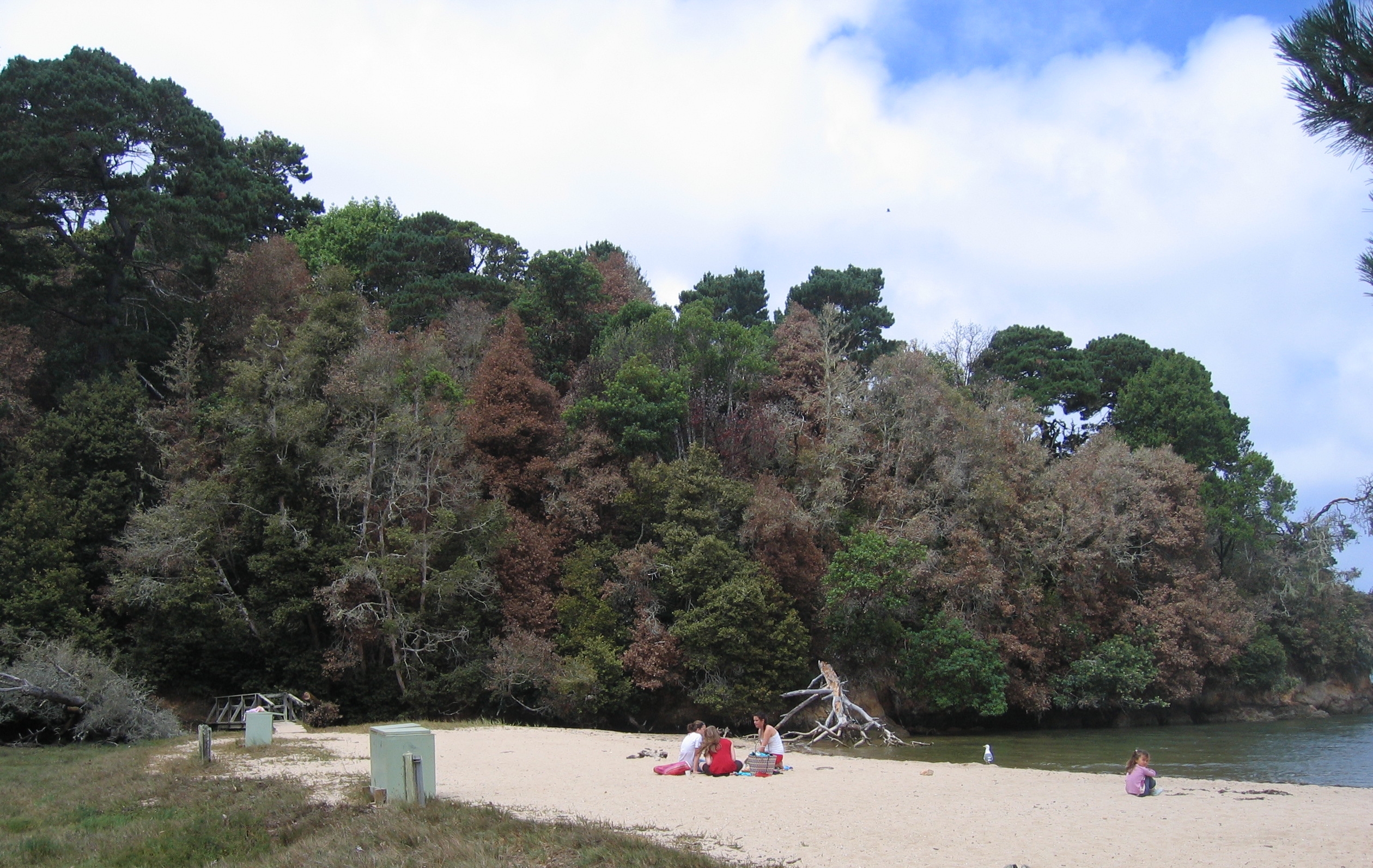Forest science is alive and well: 10 points from IUFRO 2017
NOTE: This text is reblogged from Boris Rantaša’s blog post at https://rantasa.me/2017/09/26/forest-science-is-alive-and-well-10-points-from-iufro-2017/
***********************************************************
September 26, 2017 – BORIS
From 17. to 22. September 2017 I took part in the IUFRO 125th Anniversary Congress in Freiburg, Germany. IUFRO stands for International Union of Forest Research Organization and is the oldest scientific union in the world. The congress presented the state of the art in forest research, development and practice.
I have tried to sum up what I learned at the congress in the 10 points below: Read more…
IUFRO 125th Anniversary Congress Spotlight #49 – Citizen scientists around the world take to the woods in an effort to improve the health of forests

Involving the public in the scientific process is a primary objective. (Photo Pixabay)
The coordinator of a session on citizen science planned for the IUFRO 125th Anniversary Congress is aiming high.
He hopes the session will inspire discussion about the merit and potential of a global initiative on invasive forest pest monitoring, with special emphasis and resources for countries with developing economies.
The focus is on invasive species because people are major drivers of their spread. Consumer demand drives globalization and the international trade in ornamental plants, which is a major contributor to the invasive problem. Read more…
Congress Spotlight #19 – ‘Citizen science’: A way to fight invasive species?
‘Citizen science’: A way to fight invasive species?

At Shelley Beach, a few miles North of San Francisco, tanoaks and oaks, the most sacred trees to native people of the Northern California coast, have been decimated due to the exotic disease known as Sudden Oak Death (SOD). SOD is thus not only changing the landscape dynamics but also profoundly altering the local culture. (Photo by Matteo Garbelotto)
Invasive species are a threat to forest ecosystems around the world.
No surprise there.
Thousands of invasive flora and fauna have been transported – sometimes by accident, sometimes by design – to different continents and countries. Very often their impact is detrimental to their new region.
But, usually when one thinks of the negative impacts of invasive species, top of mind would be the effect on the economy – for instance, phytophthora dieback, an Asian import, affects the economically important jarrah tree in Australia. Or perhaps one would think of environmental damage, such as the destructive swath cut through the forests of Tierra del Fuego by imported North American beaver, to give just two illustrations of unwanted economic/environmental results.
